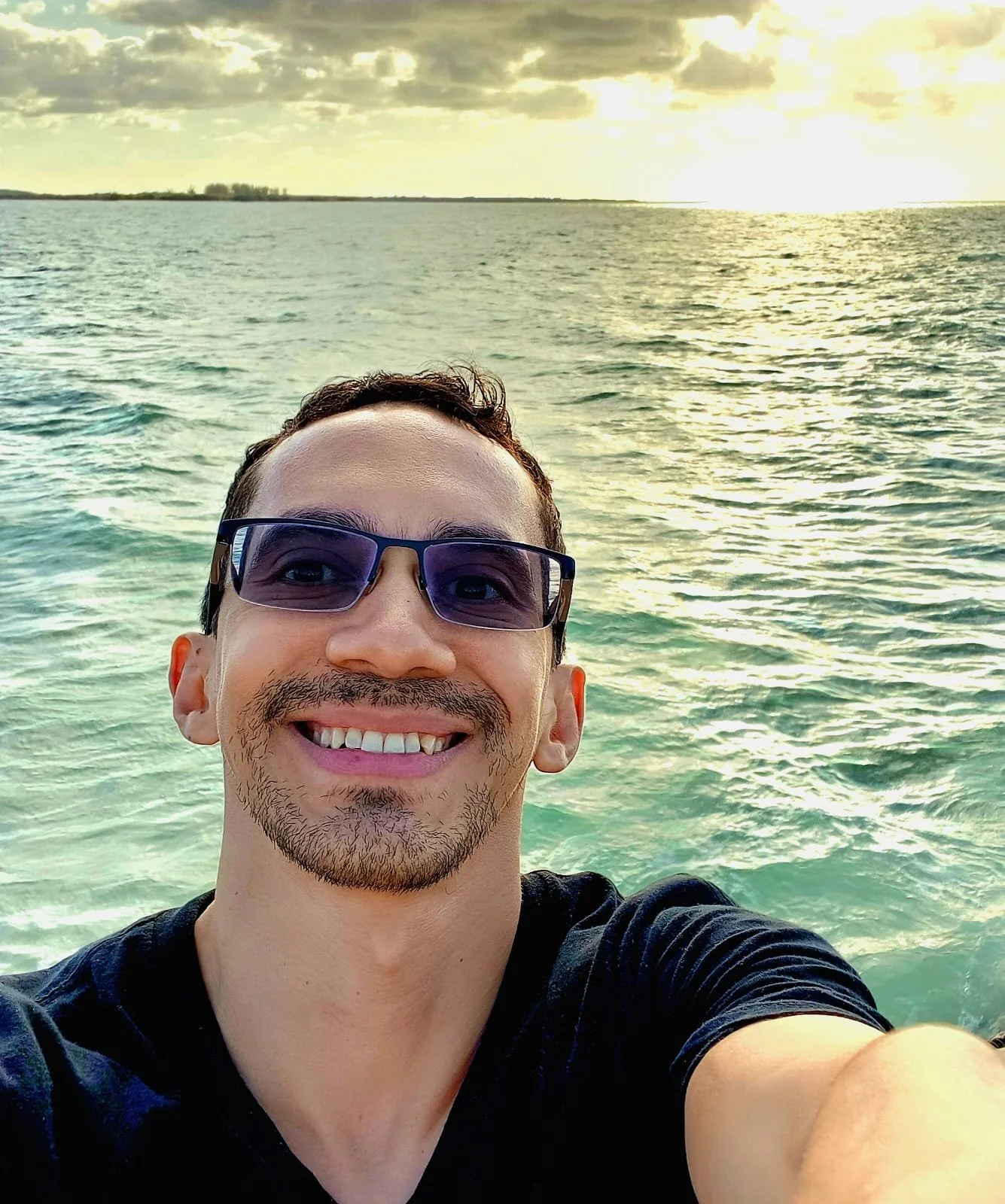
Research Area # 1
Tracking and Prediction of Sargassum

Leveraging satellite, drone, and machine learning technology for community preparedness.
Our first research area focuses on answering the when, where, and how much Sargassum landings. More specifically, we are conducting research to define the time, location, and amount of incoming Sargassum biomass in our field sites (Quintana Roo, Mexico, and Para, Brazil).
Pelagic sargassum can drift for thousands of kilometers on the ocean surface, moving from east to west across the equatorial Atlantic, traveling through the Caribbean Sea basin, and eventually entering coastal bays and reef lagoons before washing ashore. Developing a digital system for monitoring and forecasting massive sargassum landings requires a comprehensive analysis of the processes governing its transport across different spatial and temporal scales. In the open ocean, large-scale currents and winds primarily dictate its movement, whereas in coastal regions, bathymetry and shoreline morphology become increasingly relevant. Within reef lagoons —characteristic of the western Caribbean— sargassum transport is mainly influenced by local waves and winds, with reduced impact from large-scale currents. We will develop a digital system to monitor and predict massive sargassum landings in the Mexican Caribbean by integrating multiple transport scales into a multiscale forecasting model.
We are aware that Sargassum monitoring and modeling are among the most advanced fields within Sargassum research. We are working with local and international research groups to build on and contribute to their research so we can leverage all efforts to provide the most accurate predictions to our allied communities and partners.
Monitoring Scales
-
Caribbean Sea Level
At the largest scale (Caribbean Sea), the system will incorporate trend analysis and correlation studies, as well as a feedback mechanism between satellite imagery monitoring and trajectory estimation using particle-tracking models coupled with numerical reanalysis data of currents and winds.

-
Mesoscale Level
At a mesoscale level, within the Exclusive Economic Zone of the Mexican Caribbean, forecast models of winds and currents will be used, leveraging their reliability over short-term projections (~10 days), which aligns with the estimated residence time of pelagic sargassum in this region. Previous models will be refined, focusing on the Yucatán Channel—an area where hydrodynamic modeling has posed significant challenges.

-
Reef Lagoon Level
At a finer scale, within reef lagoons, high-resolution hydrodynamic models will be implemented alongside numerical experiments to assess effective sargassum containment strategies using specialized barriers. The analyses across different scales will be integrated into a unified system, which will be calibrated and validated through field observations and experiments, including current and wind measurements, drifting buoy tracking, and aerial and underwater drone surveys.

-
Meet the Tracking and Prediction Team




